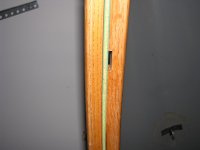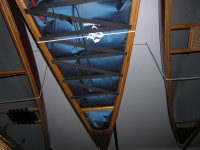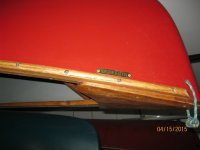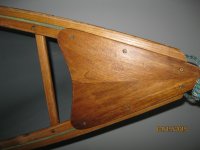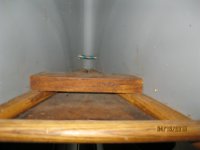I was offered this used Mad River canoe at a price I just couldn't pass up, I haven't received it yet but I'm told it's in VG condition. I've read the reviews and it seems to be a river canoe suitable for lake travel by a competent paddler(s).
Does anyone have any experience with this canoe? Any thoughts on poling it by a novice poler?
I will be solo 99% of the time, I prefer a tandem vs. dedicated solo (15' or 16') so I should be comfortable paddling the canoe reversed sitting in the bow seat.
I was looking for a royalex canoe so I could spend more time on our local easy white water rivers here in the area, plus I have had my eye on the Machias River in downeast Maine for a source to sea trip for a while, this canoe should fit the bill.
The first thing though will be replacing those gunnels and decks with ash, maybe move the bow seat back a little for solo use.

Does anyone have any experience with this canoe? Any thoughts on poling it by a novice poler?
I will be solo 99% of the time, I prefer a tandem vs. dedicated solo (15' or 16') so I should be comfortable paddling the canoe reversed sitting in the bow seat.
I was looking for a royalex canoe so I could spend more time on our local easy white water rivers here in the area, plus I have had my eye on the Machias River in downeast Maine for a source to sea trip for a while, this canoe should fit the bill.
The first thing though will be replacing those gunnels and decks with ash, maybe move the bow seat back a little for solo use.


